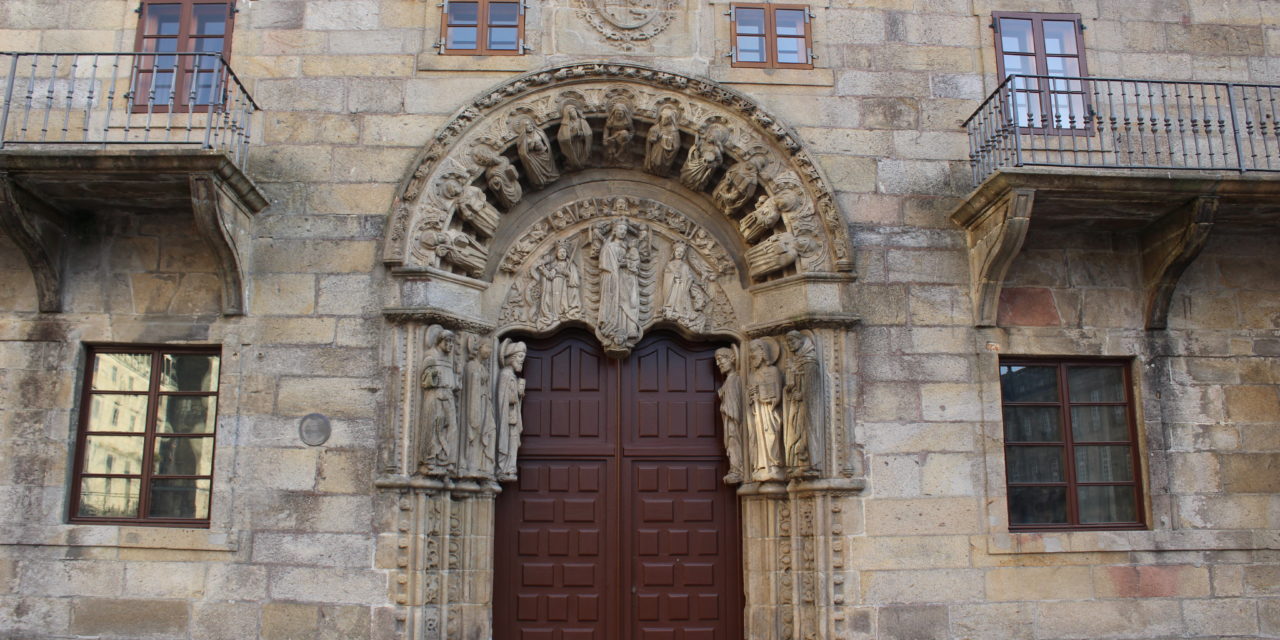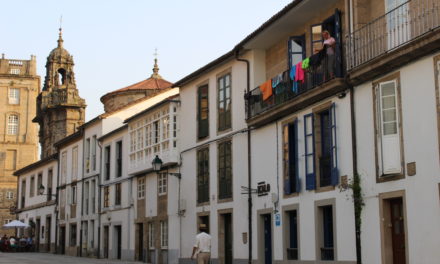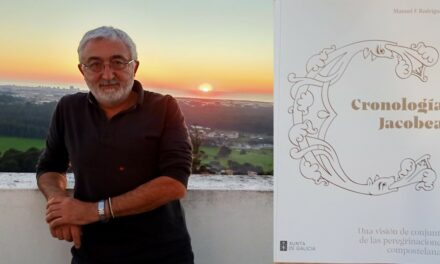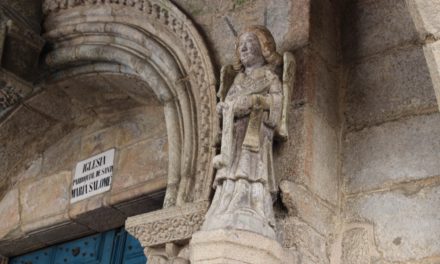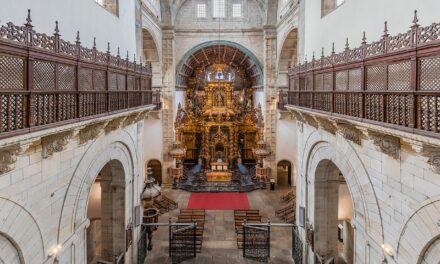The College of San Xerome is one of the four buildings that flank the famous Plaza del Obradoiro, occupying its southern side. At the moment it is the seat of the Rector of the University of Santiago, but its origin derives from an older foundation funded by the Archbishop of Compostela, Alfonso III of Fonseca, that was situated before in the rúa of the Acibechería.
The original institution was created in or around 1521. It was a residence for students, preceptors and poor lecturers of the city of Santiago. Its foundation was made possible by the availability of the building and rents of the old hospital of pilgrims of the city, the hospital of Santiago el Mayor. It was located in the Acibechería but lost its function after the foundation and endowment of the new Royal Hospital by the Catholic Monarchs.
The College in Acibechería depended on the rents and goods of the old hospital and adopted, at the beginning, the name or ownership of Santiago el Mayor, although already in 1555 it was changed to that of San Xerome. Finally, in the mid-seventeenth century, the old building was demolished and the College moved to its current location, which still retains some architectural and sculptural elements brought from the old building of Acibechería: two coats of arms of Alonso II de Fonseca that are preserved on two of its facades; and the magnificent sculpted portico on the east side, that is, the one facing the Obradoiro.
The sculpted doorway was probably built after the founding of the College at the beginning of the 16th century, although it is still stylistically and structurally linked to the Gothic, as is obvious when compared with the Portico de la Gloria in the Cathedral. Its sculptural set is distributed between the jambs, the tympanum and the flared arch that frames it.
On the jambs there are six sculptures of apostles and founding saints of the mendicant Orders: Saint James the Greater, his brother Saint John the Evangelist and Saint Francis of Assisi on the right jamb, and Saint Peter, Saint Paul and Saint Domingo de Guzmán on the left. In the tympanum we find the figures of the Virgin and Child and on either side of them, St. Catherine and the Archangel St. Michael, protective saints against death and the dying – invocations linked to the origin of the institution, when it was a hospital.
On the splayed arch there are eleven figures, with particular importance given to the female figures, highlighting in the center the Virgin Mary -in fact a triple Santa Ana, while representing Santa Ana, the Virgin and the child- and at her side María Cleofás and María Salomé, figures very little present in religious iconography but in the city of Santiago they are the mothers respectively of St. James the Minor and St. James the Great. The rest of the sculptures represent saints and holy fathers of the Church, figures linked to knowledge and writing, as well as the Magdalena, undoubtedly a nod to the old hospital for pilgrims, because the cult of Maria Magdalene is particularly linked to hospitals on the Camino de Santiago.
In the interior of the building there is a classic 16th century courtyard, which is currently glazed.

